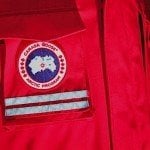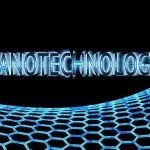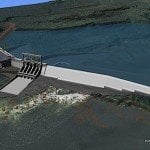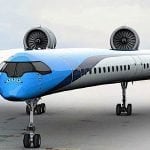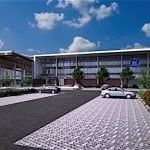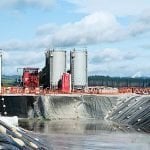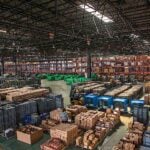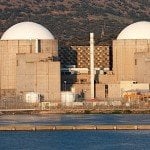The dream of “atoms for peace” is finally within reach, according to one of the world’s biggest arms manufacturers, Lockheed Martin Corp. The company said today that it has made a breakthrough in developing a practical, marketable power source that uses nuclear fusion. The compact fusion reactors will be small enough to fit on the back of a truck, and they could be ready for use in less than ten years.
Explaining the development, Tom McGuire of Lockheed Martin said that a prototype could be ready within five years. It will produce power that is safe, with no emissions. The company said in a statement that it has built on more than sixty years of fusion research and investment to develop this new approach that promises a significantly smaller reactor than “mainstream efforts” have produced. The size reduction in the Lockheed model is as much as 90 per cent over previous concepts.
McGuire, who heads the project, said they were ready to go public to find partners in industry and government to continue the work. The team has already built and demonstrated a 100-megawatt reactor that measured seven by ten feet.
The potential for providing a new energy source for the world is enormous, given that projected world energy use is set to rise by 50 per cent over the next two decades or so.
The fusion reactor would use deuterium-tritium fuel, which produces ten million times more energy than any chemical reaction can, such as in burning fossil fuels. Future generations of the reactor could, however, use different fuel sources, eliminating all radioactive waste from the process.
With an operational reactor the size of a jet engine said to be feasible within ten years, the reactors will be available to replace the larger fission-type reactors that currently power US submarines and aircraft carriers.
The Lockheed Martin announcement comes as the International Atomic Energy Agency’s Fusion Energy Conference takes place in St. Petersburg, Russia. A team of researchers from the University of Washington announced its own new concept for a nuclear fusion reactor just last week, and will present its concept in St. Petersburg.
The Lockheed Martin division where the fusion work is being done is known as Skunk Works, and is usually described as “secretive” or “stealthy.” It is where the famous U-2 spy plane and F-117 stealth jet were developed. The company said it has already applied for several patents for the reactor.

